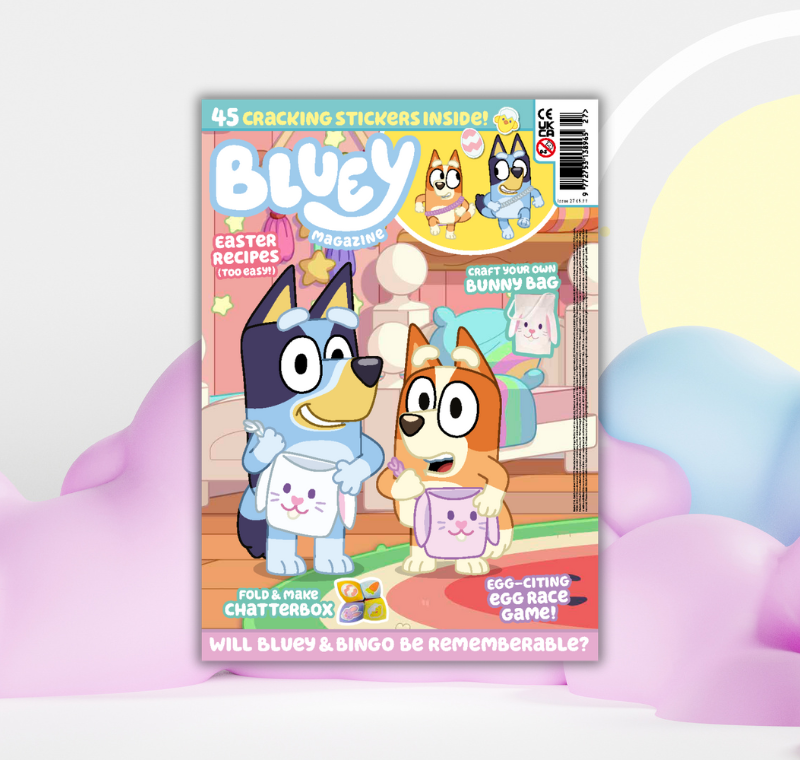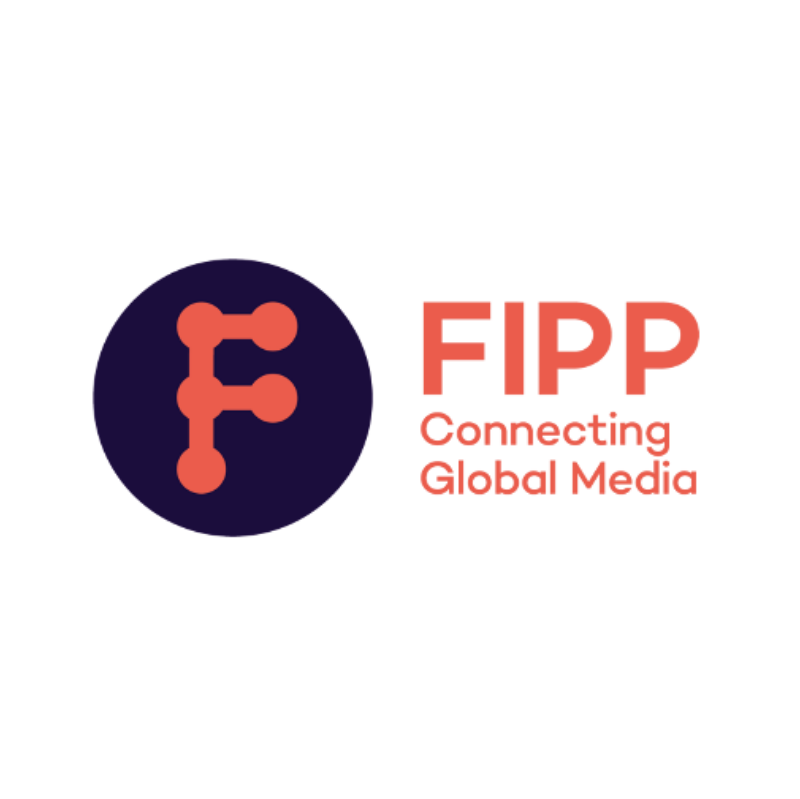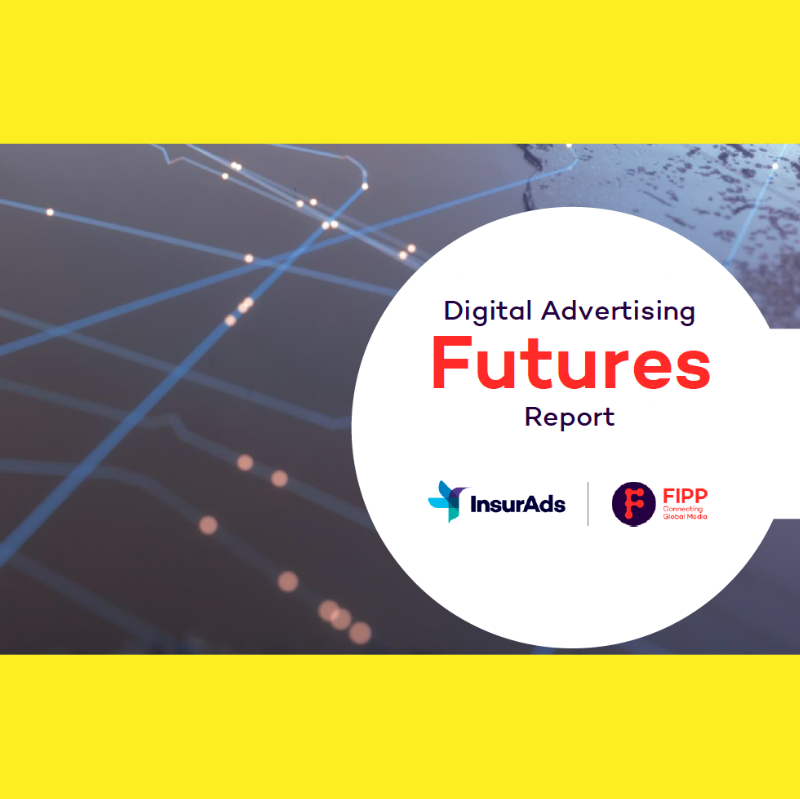Can magazine brands, advertisers reach millennials?
This article is written by Ivan Tan at SPH Magazines, and was published previously at sphmagazines.com. You can see the original post here.
When asked to choose words that describe millennials, participants of an Ipsos survey came up with these as the top choices: tech-savvy, materialistic, selfish, and lazy. This description is, of course, controversial, and many millennials have since stepped forward to address such allegations.

Millennials are not a one-size-fits-all audience, and magazines have an opportunity to address this across many platforms and channels.
Whichever side you stand on, one thing is clear: This segment of the population is growing increasingly affluent and will eventually run the world. It is not surprising why this elusive population is gaining so much attention, and brands are in turn shifting their focus onto this consumer segment.
Millennials are tech-savvy; that much is for sure. Having grown up in an environment heavily emphasising online connectivity, these digital natives are shifting away from traditional media, choosing to spend more time on their mobile phones, engaging with social media, and consuming video content.
According to MDA, 89 per cent of millennials in Singapore watch videos online, and, over the course of a week, spend 22 hours on average accessing media-related apps and websites. This means that for brands to capture their attention, they need to cater to millennial content consumption habits.
However, marketers often overlook the fact the millennial generation is a cohort based on a range of birth years (1977-2000), and reaching out to this entire generation of people with a standard message may not be the most efficient use of their resources. Millennials are a diverse segment, and marketing to them as a single entity guarantees wastage.
Brands need to know who exactly they want to reach. The mobile maven? The trendsetter? What about the old-school millennial? Each sub-segment of the millennial population has its own habits and preferences, and is qualitatively distinct from another. A one-size-fits-all, standard brand message that is not sensitive to each sub-segment’s nuances just will not cut it for this sceptical audience.
This insight presents specific opportunities for magazine media. Magazines already have the natural advantage of specialised content that caters to their audiences; now they just need to go to where the audience is. How can magazine publishers reach Millennials through the noise and chatter in the virtual and social worlds they inhabit?
Over the years, many publishers took the cue and have proliferated their brand across multiple channels. We now see magazine brands with their own Web sites and managing their own Facebook pages and even Instagram accounts to capture as many millennial eyeballs as they can.

Cleo Singapore has been proactively engaging its audience through live videos on social media platforms like Facebook and Instagram, as well as through collaborations with influencers and even the readers.
For publishers with more titles in their stable, they can fully utilise all of their owned properties, creating audience networks that aggregate reach, further increasing the scale of their reach to this population. This also gives publishers the bandwidth to propose customised solutions to marketers, something that only an omni-platform solution provider can offer.
Brands that have recognised this have seen their campaigns perform well. For example, ZUJI, an online travel expert Singapore millennials turn to, collaborated with SPH Magazines to reach untapped markets. The campaign deployed creatives across magazines’ print, online and mobile editions. Using the audience network, the campaign was able to reach 4.7 million consumers and garnered an overall click-thru rate of 0.2 per cent, four times the industry average.
In an increasingly fragmented digital landscape, consumers are getting more difficult to reach, even if they are the most prolific in Internet use. Marketers can take the easy way out to broadcast a message where they think the audience is and hope people see it. Doing this, however, makes a campaign cost-inefficient.
With increased sophistication into consumer insights and technology-driving advertising touting state-of-the-art targeting, it is commonly accepted that no one size fits all. This is ever so true for the multi-faceted, eclectic Millennial.
In this respect, marketers will do well getting the most out of their investments by leveraging the targeted reach that magazines offer and getting the assurance their campaign is reaching the target audience.
More like this
A look at AJ+ – Al Jazeera’s unique approach to engaging with millennials
Chart of the week: Gen X spends more time on social media than millennials
Millennials and mobile prodigies: lessons on ad engagement, with Verve’s Ian James
Why magazines still have a place in the fashion industry
Chart of the week: Millennials are the most prolific digital assistant users
NowThis on reaching millennials through native social content
Millennials no more: The Week Junior and AwesomenessTV on engaging younger audiences









